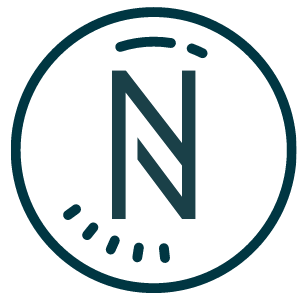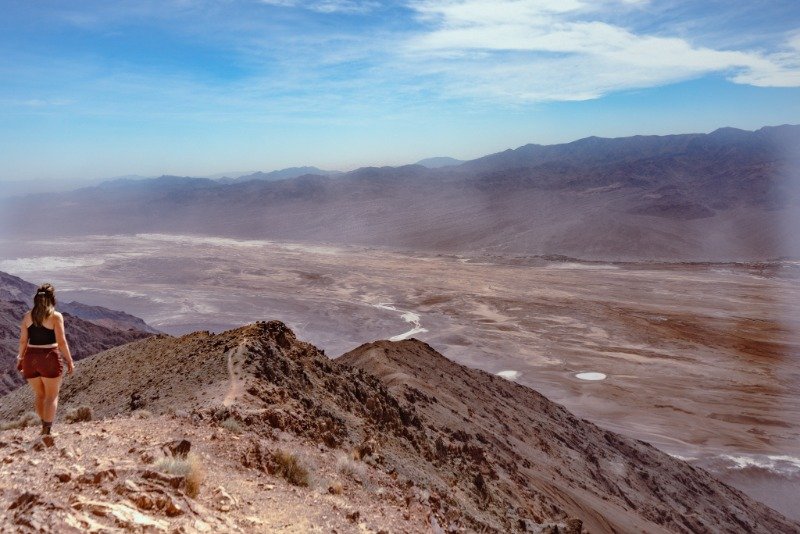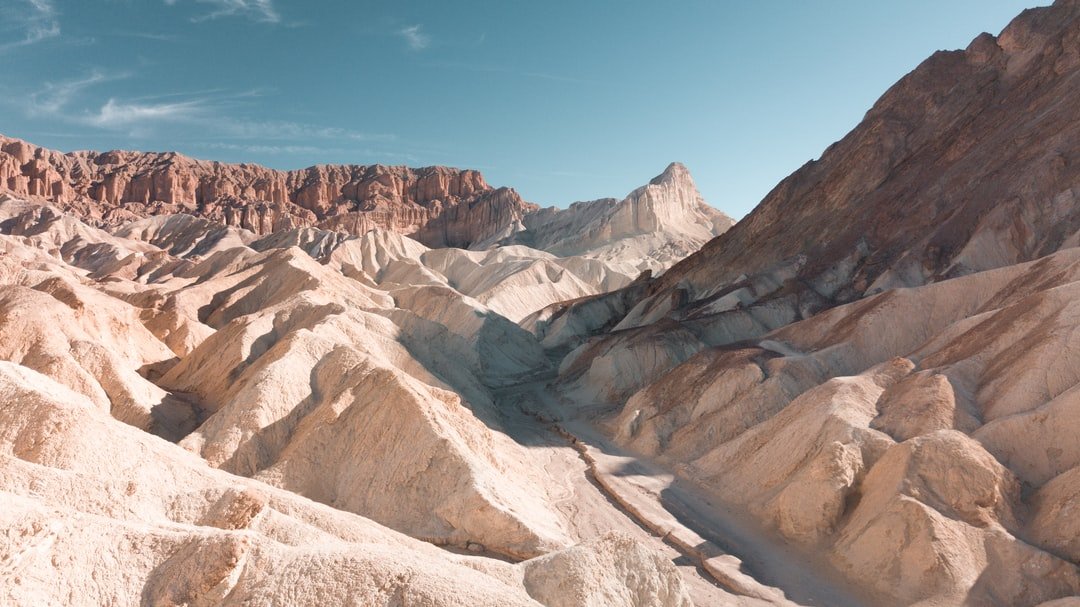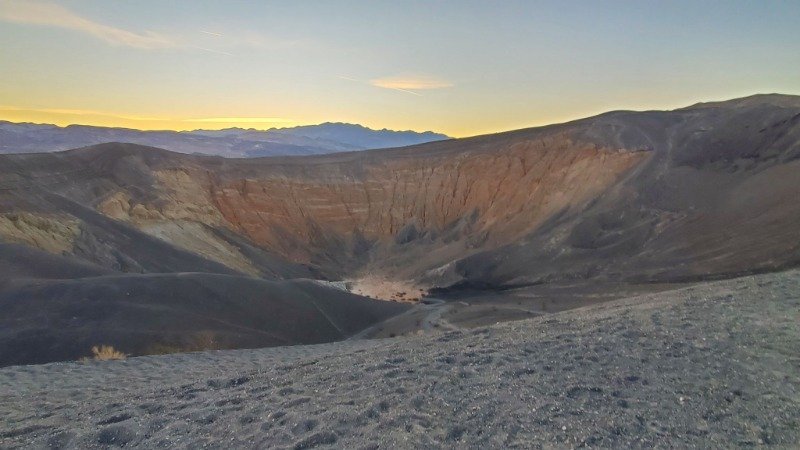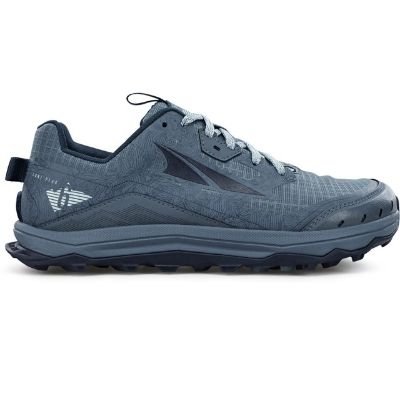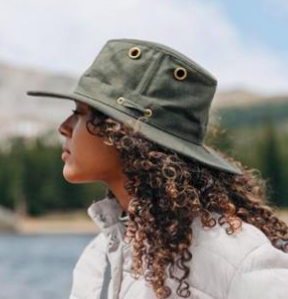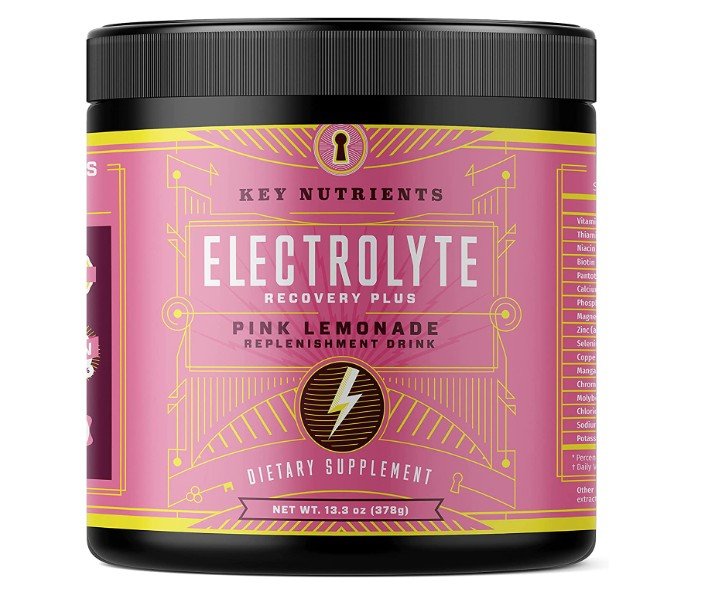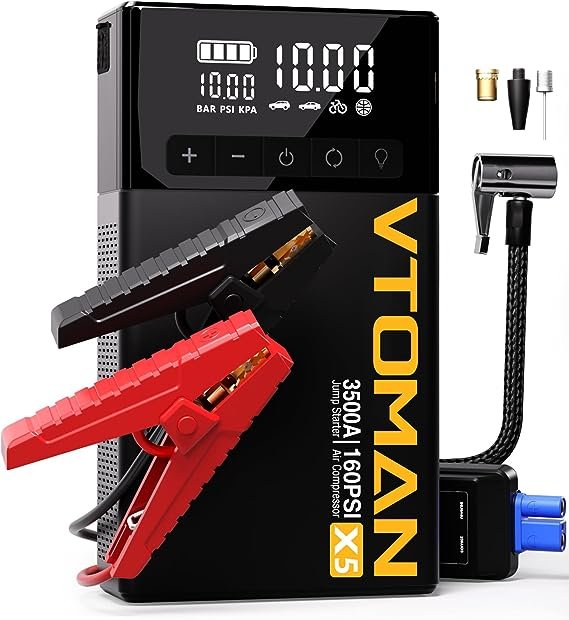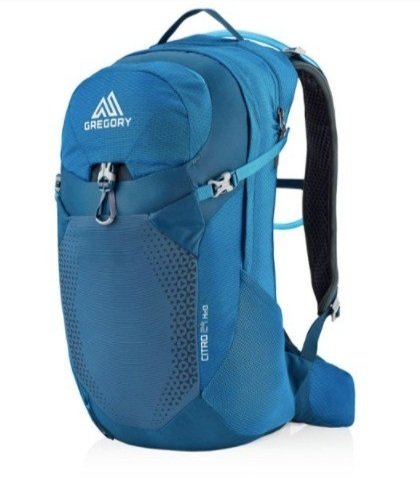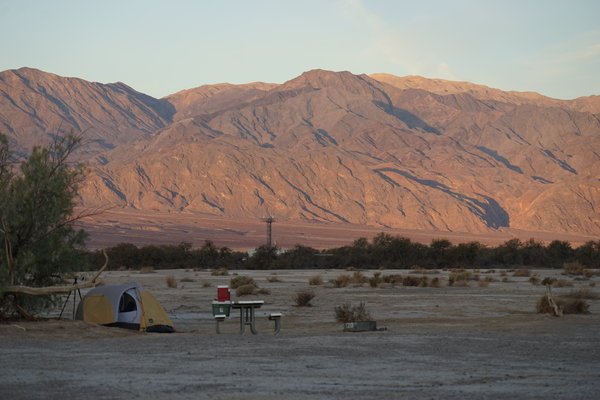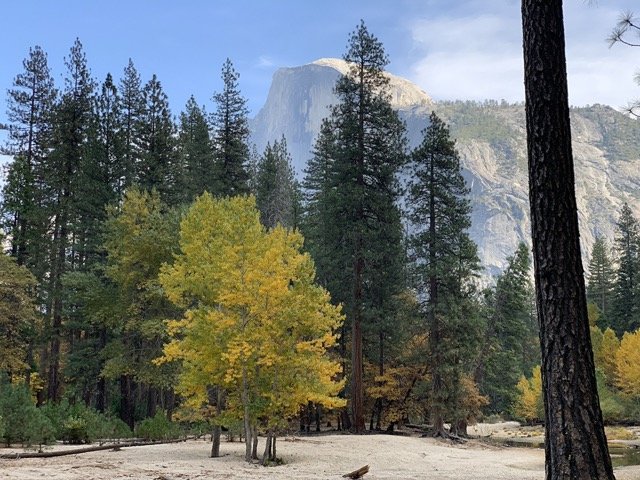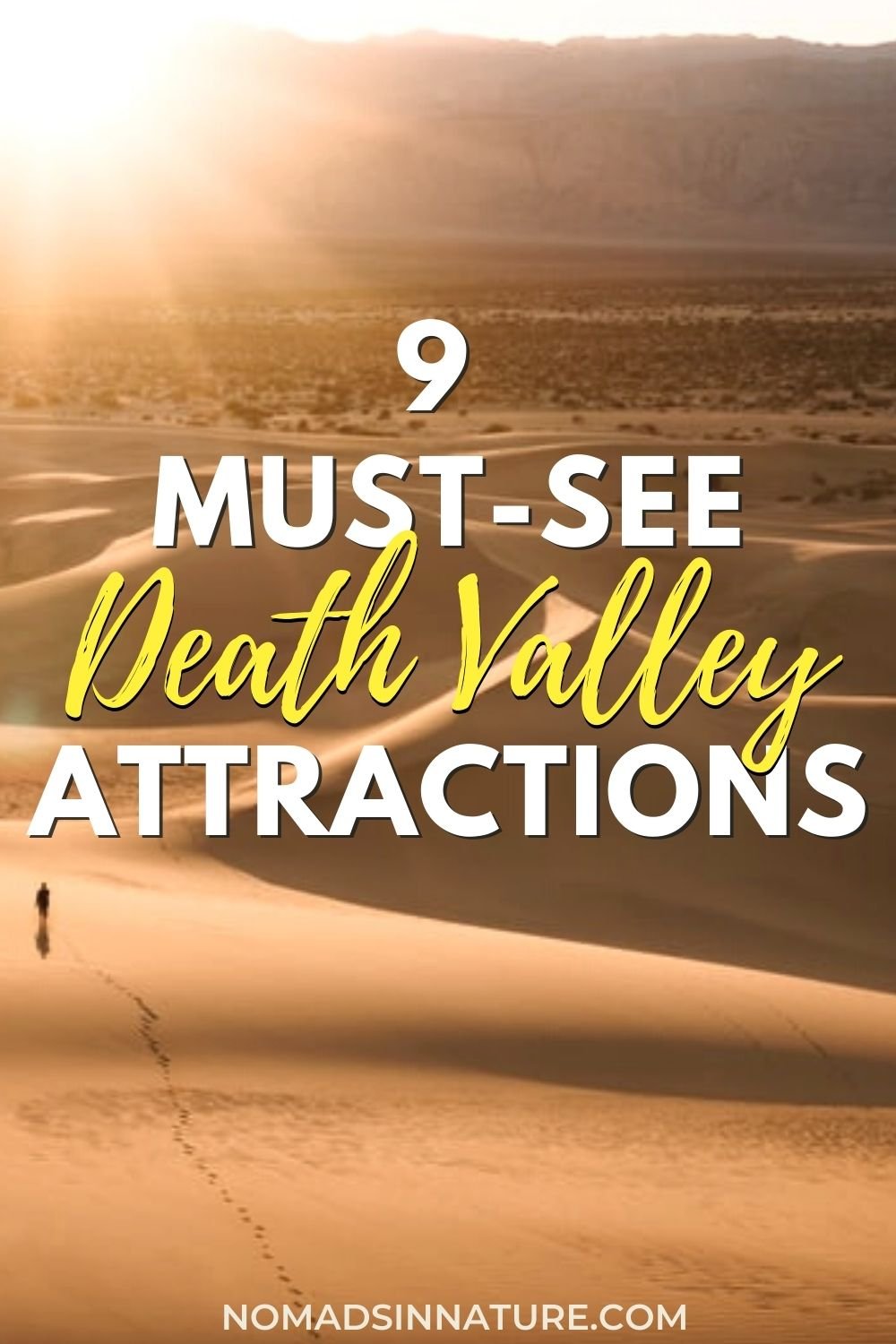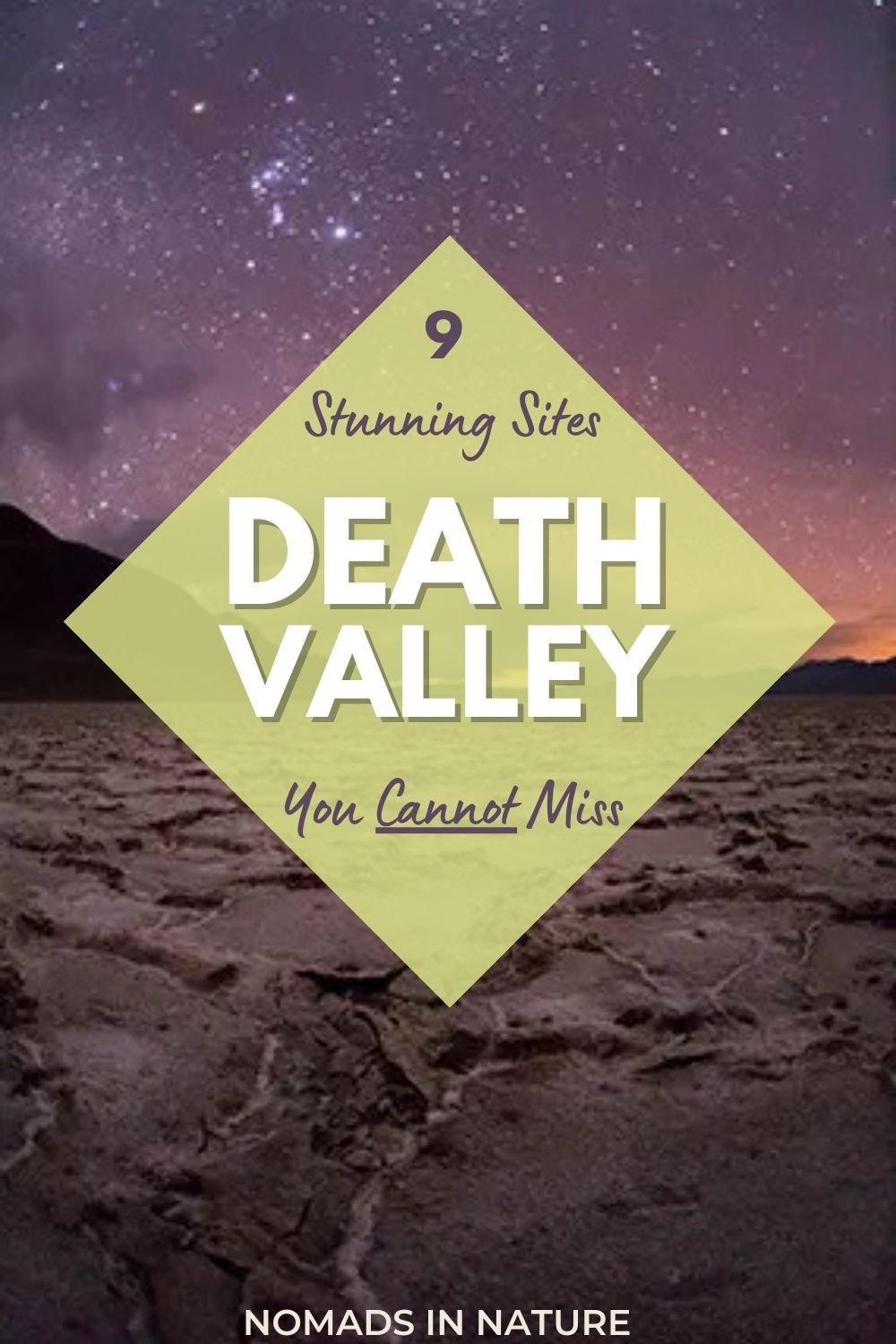9 Iconic Things to do in Death Valley +Two Day Itinerary
One of the more unique national parks and understated landmarks in California is Death Valley National Park.
Death Valley is both eerie from the complete absence of most life outside tourists and mesmerizing from the extraordinary colorful rolling hills known as Artists Palette.
There are so many unique things to do in Death Valley as well. You can hike to see a waterfall oasis in the middle of the desert or view the Milky Way on top of one of the tallest sand dunes in North America.
Dante’s View - Death Valley
Must-See at Death Valley
There are a few iconic things you cannot miss when visiting Death Valley: seeing Zabriske Point, looking out at Dante’s View, and watching a sunset at Artist Palette.
Days needed to see Death Valley
You really need two full days to see Death Valley National Park’s most visited sites and at least do one hike inside the park. We’ve helped you out and provided our ideal two-day itinerary at the bottom of this post.
We spent two days in Death Valley which consisted of a jam-packed and epic itinerary to see all of Death Valley’s major attractions like Zabriske Point, Artists Drive and Mesquite Sand Dunes.
Important Info - Death Valley
- Always check the national park website for current closures and conditions.
- Dogs are not allowed on any trails inside the national park.
- There are 3 gas stations inside the park (diesel at Furnace Creek only), but all of them are about $1-$2 more per gallon than outside the park.
- Always have extra water when in Death Valley, even in winter. It’s recommended a minimum of one gallon of water per person, per day; hikers and cyclists should carry two gallons per person, per day.
- A few popular attractions are down dirt roads where a 4x4 is needed. It is also common to get a flat tire when driving on the dirt roads here so be prepared as a tow is not likely in Death Valley.
- There is no cell service in the majority of the park, we only had a usable Verizon signal at Furnace Creek and Stovepipe Wells.
Things to do in Death Valley
1) Drive to Dante’s View - Death Valley
Dante’s View in Death Valley.
One of the most expansive and breathtaking views of the park is located 5000 feet above sea level at Dante’s View.
Here you can look down at the Badwater Basin located below sea level and out onto the surrounding mountains that range from 11,000+ feet above sea level.
You can even see parts of the hidden 185-mile long Amargosa River that flows beneath the Badwater Basin.
While no hiking is required to access the main overlook, you should take the option to hike up Dante’s Ridge for at least a half mile for the stunning 360° views of Death Valley.
2) Drive through Twenty Mule Team Canyon
Twenty Mule Team Canyon in Death Valley.
One of the most fun drives you can do in the park without needing a high-clearance 4x4 vehicle is through Twenty Mule Team Canyon.
This is a 2.5-mile one-way dirt road just 6 miles east of Furnace Creek. This is probably the nicest dirt road in the park and we even saw a Prius drive on this road.
The road is full of exciting narrow twists and turns, and the scenery is truly out of this world! There is a small parking area for about 3-4 cars 2 miles into the drive that I suggest you stop at. Here you can walk up the short half-mile hill to see the colorful array of peaks surrounding you.
3) View Zabriske Point and Red Cathedral
Sunrise at Zabriske Point is one of the most, if not the most, popular attractions in Death Valley. While I think there are better sunrise locations (we’ll get to that later), you should definitely still stop here to see this iconic viewpoint.
These golden badlands are surrounded by colorful jagged peaks, including the prominent Manly Beacon (the “shark fin” looking peak), and are extremely mesmerizing to look out onto.
For the real experience, I suggest hiking 2.4 miles to Red Cathedral where you will be engulfed in these towering badlands until you reach the peak of Red Cathedral and can see the best views of Manly Beacon and the nearby saltwater flats. Keep in mind it is dangerous to hike here if it is raining as flash flooding can occur.
➔ Read next: 7 Amazing Hikes in Death Valley
4) Sunset at Artist’s Palette
If you’re visiting Death Valley, you cannot miss the sunset in the Rainbow Hills of Artist’s Palette. Near the end of the 9-mile Artist’s Drive is a parking lot for Artist’s Palette.
Here you will find unusual rainbow coloring of the mountains that are formed by volcanic deposits rich in compounds such as iron oxides and chlorite.
The real treat is if you stay for “blue hour”, just after the sun goes down to see the blues, greens, and pinks really pop against the golden hills. There is no dedicated trail here and you are allowed to walk down and on the Rainbow Hills so be sure to get there early enough to pick your perfect spot!
5) Milky Way at the Badwater Basin
Orion over the Badwater Basin by Tyler Nordgren
The lowest point in North America at 282 feet is the Badwater Basin. This is one of those very eerie places that can seem like you’re walking on another planet.
It was once a large lake, but after evaporating completely tens of thousands of years ago, now all that is left concentrated salt deposits.
While it can be very hot to visit here during the day, for a truly unique experience I suggest going on a clear night during a New Moon to see the Milky Way really come alive.
Death Valley has a gold tier for Dark Sky Parks with its very minimal light pollution and is a phenomenal place to see the night skies from almost anywhere inside the park!
6) Sunrise at Mesquite Dunes
Death Valley Sunrise - Mesquite Dunes, photo courtesy of @lifeof_peter_
It’s hard to imagine Death Valley National Park also has sand dunes, but it does, and quite a few!
The most accessible sand dunes are the Mesquite Dunes in Stovepipe Wells.
These dunes rise up to 100 feet and expand vastly across the valley floor. The best time to visit here is sunrise when the shadows cast vivid displays of the crisp dune ridges and there are only footprints of nocturnal animals to be seen.
If you’re up for a fun time, you can also sand board down the dunes!
➔ Read next: Best Place to Stay in Death Valley
7) Walk around Ubehebe Crater
In the northern region of the park, an hour from Furnace Creek, you will discover the relatively young 2,100 year old Ubehebe Crater. After molten lava was exposed to the underground spring, the steam eventually produced enough pressure to explode through the earth and create this half-mile wide crater.
You can walk the easy 2.2 mile trail around the crater and even drop down 500 feet deep into the crater, but it is definitely not an easy hike back up the rocky and ankle-deep debris.
8) Hike to Darwin Falls
As if Death Valley’s terrain couldn’t be more unique, there is actually a beautiful waterfall and oasis in Death Valley!
This is a short 2-mile hike outside of the Panamint Springs area, and definitely worth visiting.
Keep in mind you cannot swim here as it is a water source for those who live nearby.
9) Superbloom in Death Valley
While getting to see the wildflowers in Death Valley during spring is quite breathtaking, it is a sight that cannot be described to see the rare Death Valley Superbloom.
You can see wildflowers almost every year starting at the lower elevations in March and ending in the higher elevations in June.
The Superbloom on the other hand requires perfect rain and sun conditions, with the last one happening in 2016.
Rain tends to be the biggest culprit of the Superbloom not happening as the desert needs rainfall starting in September and continuing, evenly spaced, throughout the next 6 months.
Keep your eyes out on the Death Valley NPS website starting in February to see if they think this will be the year of the Superbloom!
Map - Things to do in Death Valley
Click on the icon in the top left of the map to view a list of the best attractions in Death Valley.
Death Valley Itinerary
It is ideal for those entering from Las Vegas at the Death Valley Junction Entrance, but you could also do the itinerary in reverse if you are starting from the Olancha, California entrance.
DAY 1
Enter from Las Vegas at the Death Valley Junction Entrance
Dante’s View: located 30 minutes from the entrance, plan 45 minutes to see the view and walk up along the ridge trail for the best views.
Twenty Mule Team Canyon: plan 30 minutes to drive through the canyon and stop to take pictures of the colorful hills.
Zabriske Point: quarter-mile to the viewpoint, plan 20 minutes for this stop. If you have time, hike the 5-miles to Red Cathedral and back to the parking lot.
Badwater Basin: open area to walk around, plan 30 minutes for this stop or if it’ll be a clear night with a New Moon save this stop to view the Milky Way at night.
Artists Drive: a 9 mile long drive with Artist’s Palette at the end of the drive.
Sunset at Artist’s Palette: at the end of Artists Drive, get to the parking area at least 30 minutes before sunset and stay for blue hour (right after the sun goes down).
Reserve a night in Stovepipe Wells or in Furnace Creek
DAY 2
Sunrise at Mesquite Flat Sand Dunes
Return back to Las Vegas or if you plan to exit to California:
Hike Darwin Falls (2 mile roundtrip hike located 2.5 miles south of Panamint Springs)
Father Crawley Overlook: right off Highway 190, plan for 15 minutes
Best Month to Visit Death Valley
March and April are the Spring season and the best time to visit Death Valley! The beautiful wildflowers popping up amongst the desert terrain are quite beautiful and the rare attraction to see as a Superbloom is coming soon as it happens once a decade (last being in 2016).
May - September is the summer season and the least visited time to explore Death Valley since temperatures rise to over 100°F daily. If you plan to visit this time of year, get up by sunrise to see the attractions and make sure to bring extra gallons of water in your car.
October - November: is the fall season and also a great time to visit Death Valley. There will be fewer visitors than in the Spring, and temperatures are much more favorable this time of year as you explore the valley and peaks of the national park.
December - February: is the winter season in Death Valley and definitely a sight to see with the snow capping the peaks of Death Valley and leaving the valley floor mild and temperate to explore. The least visited time in Death Valley is between Thanksgiving and Christmas, which is a perfect time to go!
Essential Items for Death Valley
Sun Hat: I love a great hat that is versatile enough to wear in town or on a hike.
Sunscreen: Coola is our go-to sunscreen since it’s incredibly lightweight and never feels greasy.
Map: you can pick up a free park map at the visitor center in Furnace Creek
Spare Tire & Jack: double check to make sure it’s there and you know how to use the jack.
Jumper Cables: this device is life-saving because it has its own battery to jump-start your car and air up your tires.
Extra Gallon Water Jugs: we use this 2.6 gallon collapsible water jug.
Electrolytes: we swear by this no sugar electrolyte mix to help prevent dehydration from high altitude or tough hikes. It tastes amazing too!
Hiking shoes: the men’s and women’s Altra Lone Peaks are our favorite. Plus, the most comfortable hiking socks with a lifetime guarantee.
Hydration Pack: Having a 20-25L backpack is ideal for day hikes. His Gregory 24L and her Osprey 20L backpacks are comfortable for all-day hiking and have a lifetime warranty.
American the Beautiful Pass: If you plan on going to any U.S. national park at least 3 times a year then save money by purchasing the national park pass for $80/year.
We use affiliate links for products we recommend and, at no extra cost to you, and it helps us earn money to continue writing helpful content!
related— California
If you liked this article, please share it!
